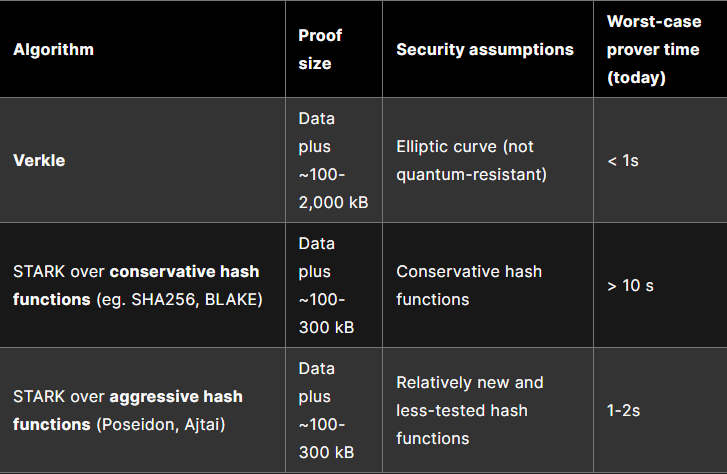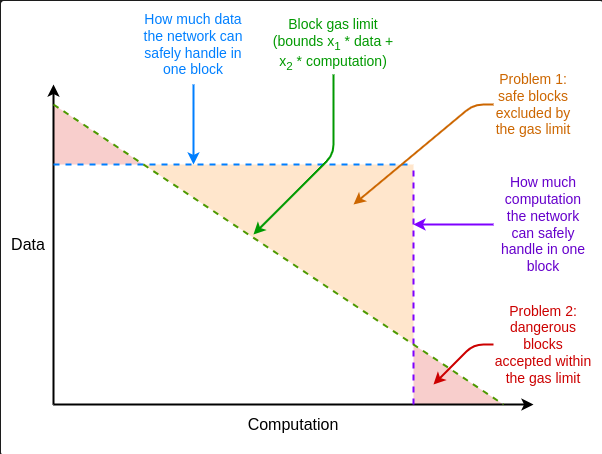Ethereum’s upcoming upgrade, called “The Verge,” is set to significantly reduce hardware requirements for running nodes, potentially allowing devices like smartphones and smartwatches to participate in node operations. This development could make Ethereum more decentralized and accessible to a broader range of users by incorporating stateless verification, which allows nodes to verify blockchain blocks without needing to store large amounts of data.
Currently, operating a node on the Ethereum network requires hundreds of gigabytes of state data, making it difficult for users with limited hardware resources. However, “The Verge” introduces stateless verification, eliminating the need to store the entire blockchain and making node operation feasible for mobile and browser wallets, and even wearable devices like smartwatches.

One key part of the upgrade is the implementation of Verkle trees, a cryptographic structure that reduces proof sizes and supports stateless validation. However, concerns about their vulnerability to quantum computing are leading developers to consider alternatives like STARK-based binary hash trees, which are more resilient to future quantum threats.

In addition, Ethereum Improvement Proposal (EIP)-4762 introduces changes to the gas fee system to better manage resource-heavy cryptographic operations. This involves implementing “multidimensional gas,” a system that separates gas costs for different types of operations, such as computation, call data, and state access.
Might interest you: What is BabyDoge?
With these changes, the Ethereum network aims to enhance scalability, security, and accessibility, making solo staking more viable by lowering the technical barriers to running a node. This would allow a wider group of participants to contribute to the network, promoting further decentralization and adoption.
You can join our Telegram channel to not miss the news and stay informed about the crypto world.


